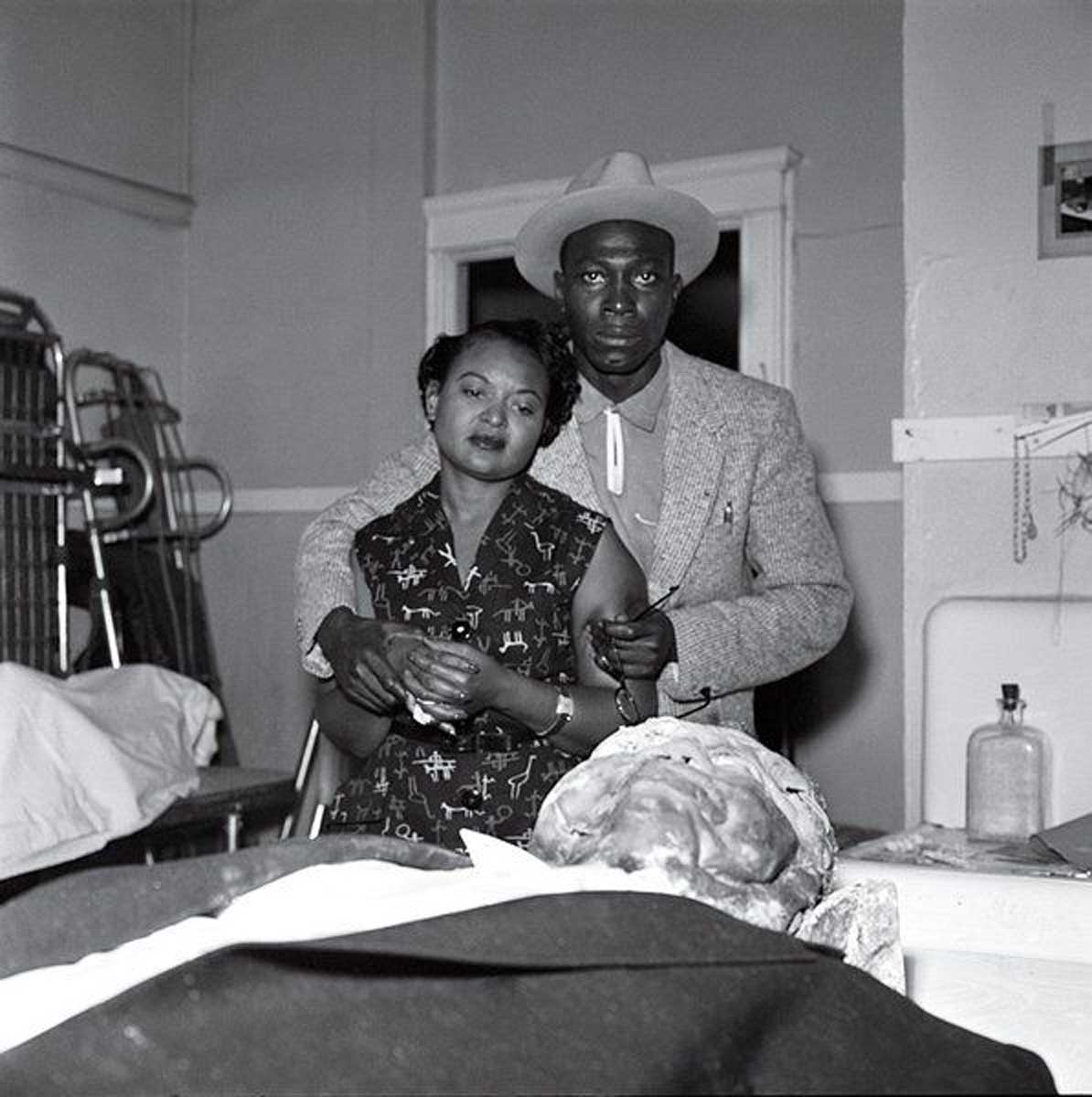Emmett Till murder still haunts 68 years later
Published 8:00 am Tuesday, August 8, 2023
During the summer of 1955, as a 12-year-old Black youth growing up in Huntsville, Texas, unfortunately under the same Jim Crow rules that existed in all of the southern states, my activities were extremely limited. In addition to the Houston Chronicle paper route that I inherited from my older brother when I was five years old, I was serious about finding an additional job for the summer. My greatest prospect for employment was in the food service industry.
Abe Dabaghi, owner of the Cafe Raven, would not hire me as a dishwasher or busboy because I was not old enough. He told me that when I turned 13 years old and had my Social Security card, to come back to see him.
Trending
When I turned 13 and had my Social Security card, he kept his word and hired me.
The Black community’s access to the national news at that time was limited. My community, “Hot Town,” was almost a national news desert because one person owned the only television set in the community, even though most families owned radios.
Even with that limited access to the national news, there were few, if any, reports that specifically related to the Black community. Very rarely were there newspaper articles on events of interest, except in those Black publications, like The Houston Informer and The Houston Forward Times newspapers.
Additionally, there were the Black Houston radio stations that coupled some news events with their primary goal of musical entertainment.
The primary sources of both positive and negative reporting that touched the lives of African Americans arrived in the mail in the forms of the Jet Magazine and Ebony Magazine. Those were two monthly magazines that specifically highlighted the many positive events in the world that related to the successes and great contributions made by Black people.
Those two magazines presented articles with pictures of those Black persons who would never have been shown in other media outlets. They depicted first time recognition of Black people who made great contributions and/or achieved great successes in so many nontraditional areas of society. The pictures that accompanied the articles provided positive examples of for us to see people who looked like us, which meant that if they could do those great things, so could we.
Trending
Along with the articles and pictures of positive events that had taken place, also depicted were those negative and horrible events that had taken place in and to the Black community.
In August and September of 1955, my 12-year-old life was imprinted in a way that still haunts even my 80-year-old self. At that time, I recall a great uproar in the Black community about a 14-year-old Black youth from Chicago who had been lynched in Money, Mississippi, while visiting family.
My real trauma didn’t occur until my family received our monthly Jet Magazine and I was able to see the photo of Emmett Till in an open casket at his funeral. His mother, Mamie Till-Mobley, refused to allow her son to be buried immediately in Mississippi but insisted that he be brought back to Chicago and displayed in an open casket, and she said, ”Let the world see what has happened, because there is no way I could describe this. And I need somebody to help me tell what it is like.”
The lives for black males under Jim Crow were always full of anxiety and danger, especially when it came to any contact with white females.
I can recall a specific situation in Huntsville, Texas, in the 1950s when there was a consensual relationship between a black man and a white woman. When the relationship was recognized by the white community, the white woman said that the Black man had raped her. The Black man was arrested, tried and convicted and executed at the Walls Unit via electric chair.
The alleged motive behind EmmetT Till’s 1955 lynching may have been based on a lie from a white woman, Carolyn Bryant, who accused Till of flirting with, touching or whistling at her. Later Bryant’s husband and his half-brother on Aug. 28, 1955, kidnapped Till, beat him, mutilated him, shot him in the head, then tied a 70-pound cotton gin fan around his neck with barbed wire and then threw his body into the Tallahatchie River.
According to Emmett Till’s mother, he had polio as a child, which left him with a speech challenge and that she taught him how to compensate by whistling.
From Emmet Till’s Autopsy Report, Aug. 31, 1955: “The body is presented with a 70-pound cotton gin fan attached to the victim. The victim was castrated and only had his right eye. He was beaten severely. This was shown by the swelling of his face. His left ear was missing. Above this eye, there was a bullet hole that went through the victim’s head.”
The widespread publicity of the horrible death of Emmett Till and the courage of his mother to have an open casket funeral so the world could see what had happened touched the hearts of people all over the world.
This event reactivated the Civil Rights movement. In December of 1955, Rosa Parks refused to surrender her bus seat to a white man. She later explained, “I thought of Emmett Till and I couldn’t go back.”
The Reverend Dr. Martin Luther King, Jr., too, would cite Emmett Till in his sermons. He later recollected: “Emmett Till, a mere boy, unqualified to vote, but seemingly used as a victim to terrorize Negro citizens and keep them from the polls.
“While the blame for the grisly mutilation of Till has been placed upon two cruel men, the ultimate responsibility for this and other tragic events must rest with the American people themselves.
“It rests with all of us, Black and white, who call ourselves civilized men.
“For democracy demands responsibility, courage, and the will-to-freedom from all men.”





